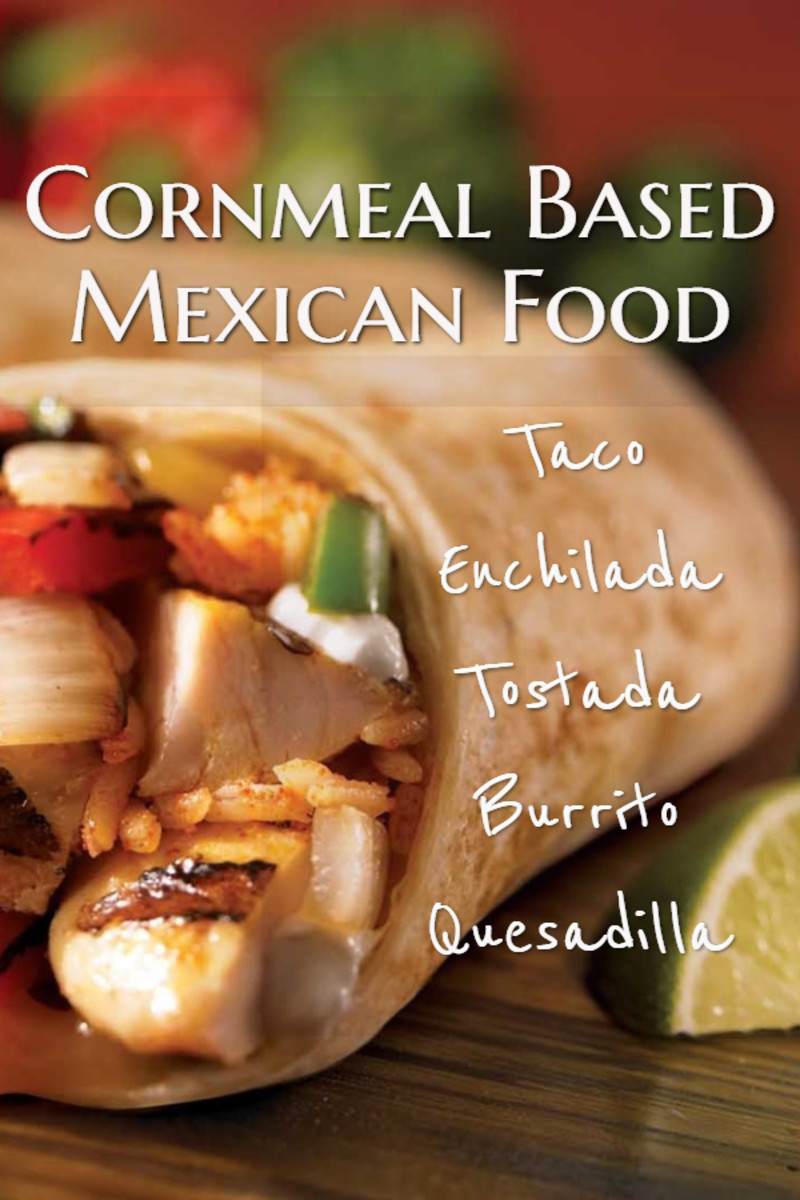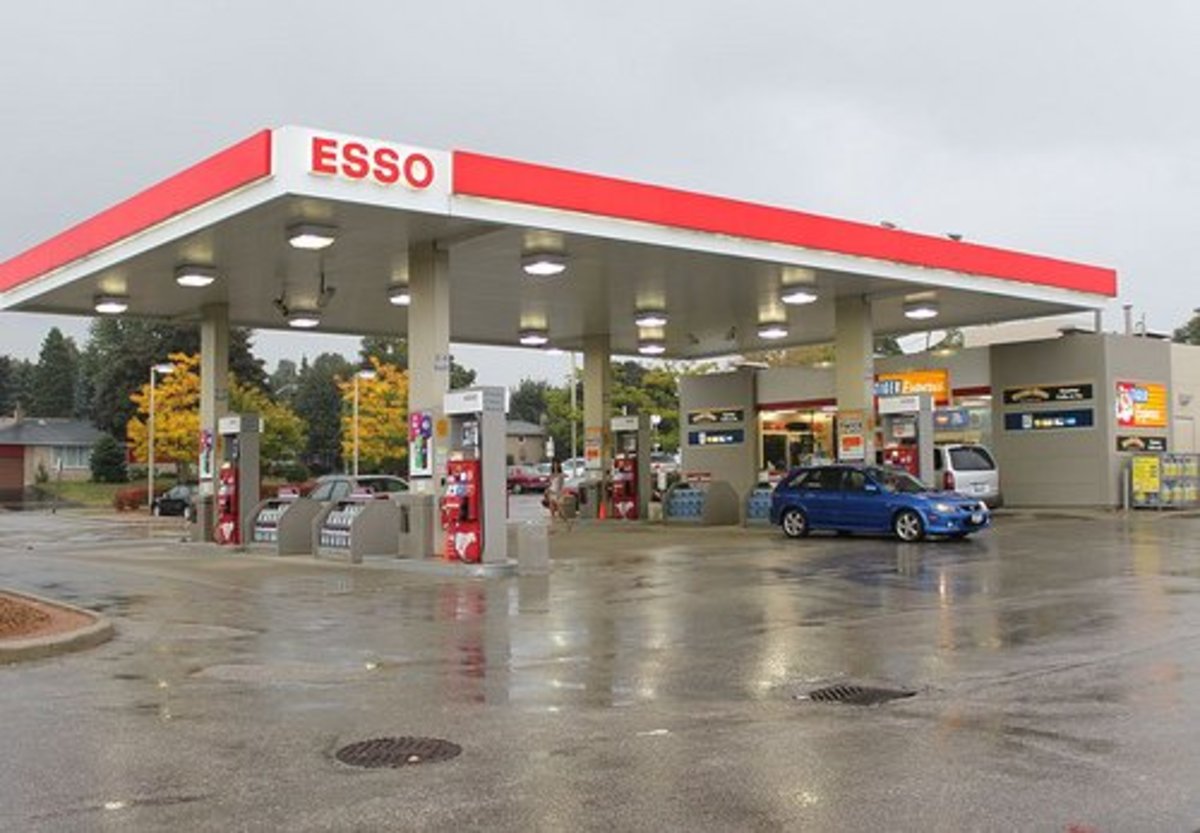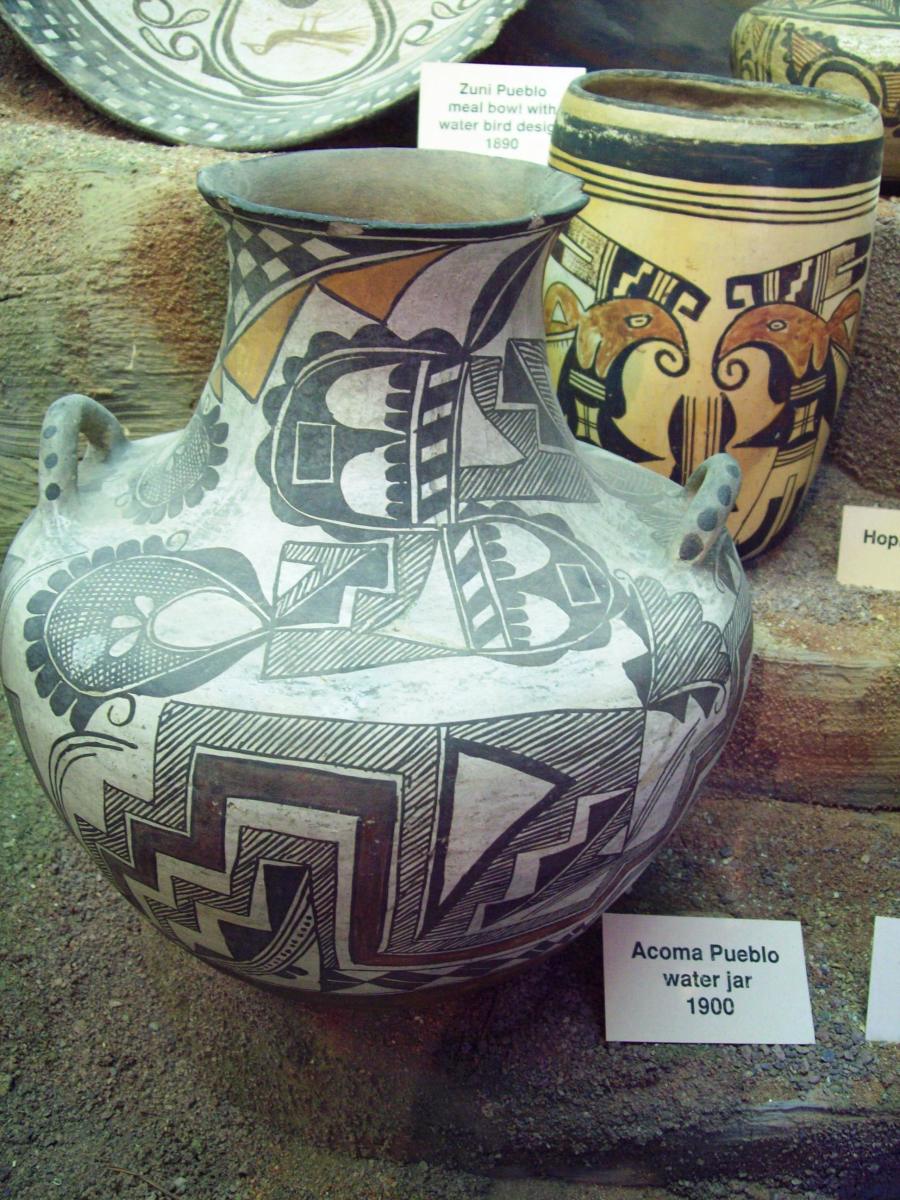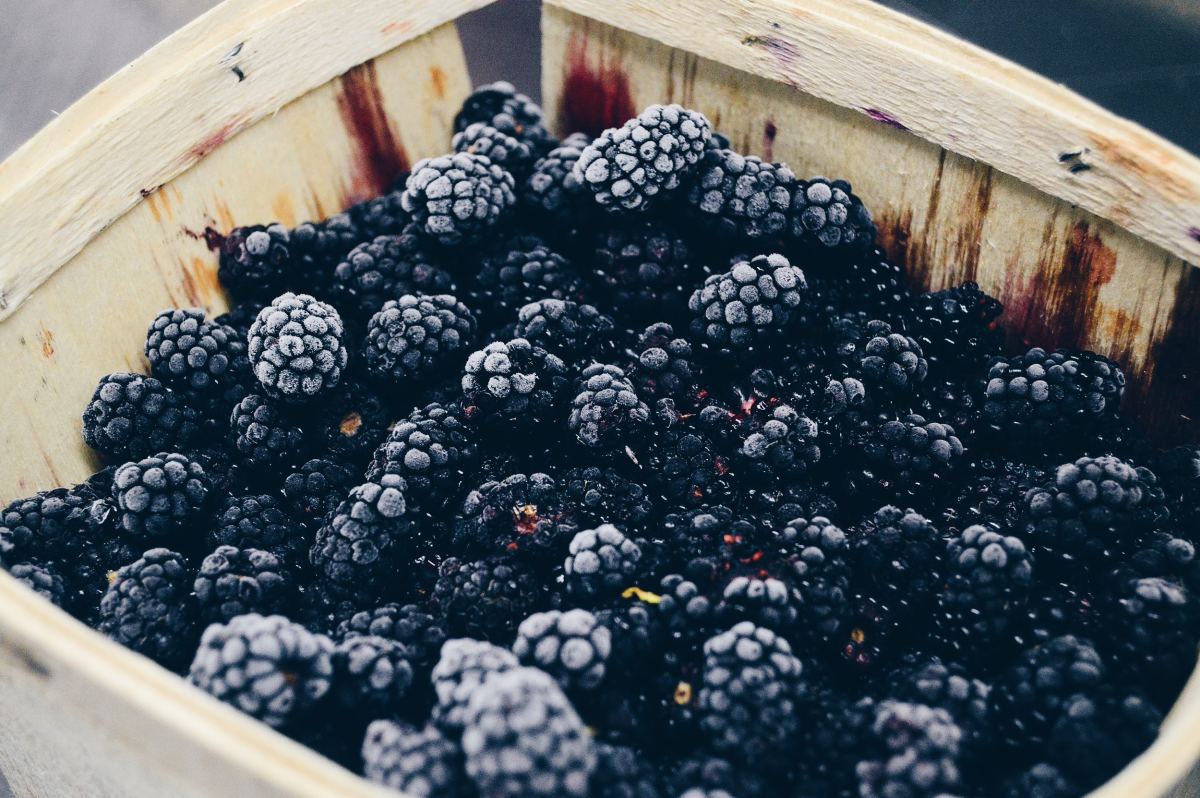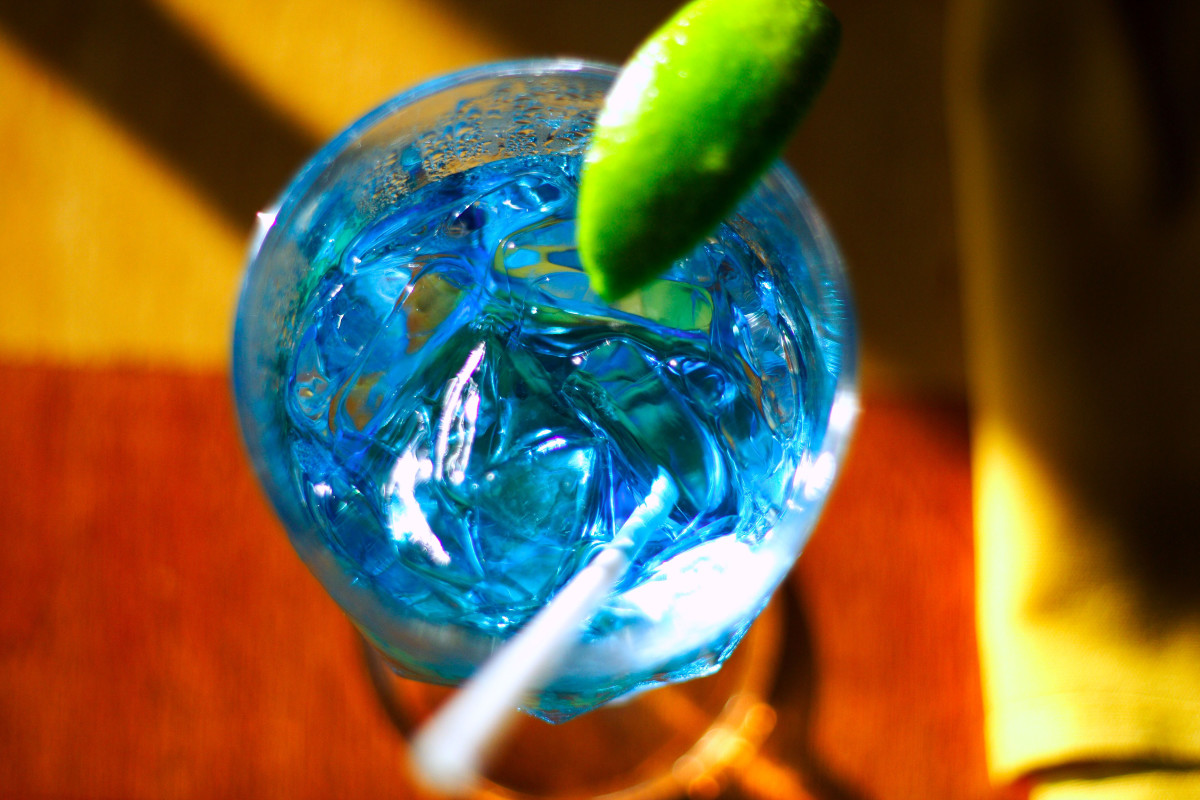The Morality of Food Chapter I: Corn
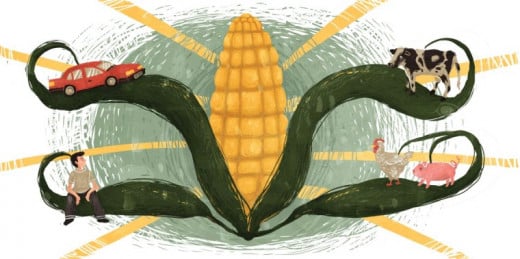
Teosinte to Corn
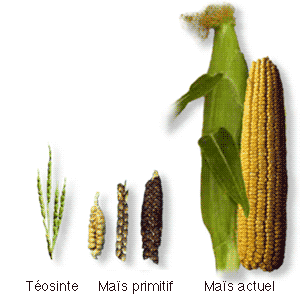
The Morality of Food Series
During this series I will dissect what we eat and where it comes from. This is not intended to turn the reader off their food and cut out their much beloved beef, wheat, tuna or corn, but instead to bring awareness to what it is that everyone puts into their bodies, and the impact of each mouthful, based on where the food has come from. I will not tell anyone they should not eat a certain food, however, I will merely highlight how the food is produced, where it is produced, and how it impacts the environment, and how the reader can continue to enjoy the foods they love but with a lower footprint upon the earth.
The Three Sisters
Native Americans would plant their corn in mounds, and make what was called the Three Sisters. This meant planting corn in the middle of the mound, beans all around it, and squash around the base of the mound. Each plant would work together to create a perfect little garden. The cornstalk would provide something for the beans to climb up, and the beans would bring nitrogen to the soil, which aided in the corn's growth. The squash would provide cover for the ground which would help the soil retain moisture.
Growing the Three Sisters
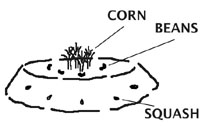
A History of Corn
Corn is a staple in our every day living, whether we are aware of it or not. It is in our sodas, in our meat, in our fast food, in our plastics, and in some cases in our fuel.
How did this all start?
In the beginning, it is believed by scientists that corn started as a grass called Teosinte, or Maize, some 10,000 years ago somewhere around Central Mexico. Maize had shorter husks and ears, wider spread kernels, and lengthy growth seasons. However, through agriculture, many altered it to be more like what we are accustomed to today. A Penobscot man in New England noticed the cycles of seasons that many of the wild grasses held, and slowly evolved the maize to grow with shorter seasons, thus allowing a larger production rate. Other Native Americans persuaded the corn to produce ears lower on the cornstalk so more would be gained from one plant.
It was a staple food for those who lived in Central America as it spread north and south with migration and trade. Because corn was only found on the North and South American continents, it was unknown in Europe until Columbus arrived and brought it back with him.
What Corn Meant to Native Americans
Because corn, was a large staple to the indigenous folk of the Americas, it was of course a large part of their culture.
It was not uncommon to use the whole plant. This does not mean that they consumed the plant in its entirety, but rather made bed mats and baskets out of the stalks, created underground storage for their grain for the winter, lined with stalks and other related grasses to keep out mildew, they made shoes from the stalk, and so on.
From the dried corn they made hominy, which was soaked kernels and ashes that had been drained and stir-fried. Cornmeal was also made, from which breads were made, much like today. Cornmeal was also used to make corn pudding and corn syrup.
The husks of corn were also used. It was not uncommon for them to be made into rattles for ceremonies, but were often used to start fires, as well as keep them going, and darts were also made from them. Corn husk dolls were popular entertainment for children, but were also made for healing ceremonies, and were utilized as well by the Iroquois to carry away bad dreams.
What Corn Is Today
The corn we all know and accept today generally ranges from white to yellow, and is a good cheap veggie when in season and at the grocery store. It is available in a can and creamed, frozen on the cob or off, and of course just plain as is. We can make our own cornmeal out of it, have it as a side, put it in stews and chowders, barbeque it or pop it.
Whether we are aware of it or not, corn is used in most things we consume. Thanks to hundreds of years of agriculture and foreign trade, this modern corn is all over the world, the US being the lead producer of corn. In 2008, we produced 331 million metric tons of corn, the runner up being Chine, who produced 152 million metric tons.
Corn is the most farmed grain in the United States, and accounts for nearly a full quarter of the entire country's crop growth over all. The next grain to even attempt to compete is hay, which doesn't even come close.
Corn is of course known for food, but it is also used for livestock feed, fuel, sugar, fabrics, plastics and adhesives. However, in the US, 43% of corn produced goes to feed, followed by ethanol fuel, to which 30% of the corn grown is dedicated to. Only 2.7% of corn goes toward human consumption.
Statistic Sources
- King Corn Fact Sheet
"The documentary King Corn does an excellent job introducing us to the perils and problems with our industrial food system that are centered on cheap corn. However, it also tends to sidestep the main beneficiaries who drive and thrive off..." - Grains corn production statistics - countries compared - NationMaster Agriculture
- Corn Stats for 2007-2009
- Watch King Corn online | Free | Hulu
Watch King Corn free online. - Major Crops Grown in the United States | Ag 101 | Agriculture | US EPA
- The Environmental Impact of Corn-Based Plastics: Scientific American
How does corn-based plastic stand up against its petroleum based counterpart? - The Evolution of Corn
Genetics Science Learning Center of the University of Utah - Wilson's Page
- The Story of Corn - History Detective - In the Beginning
- NativeLore:
- NativeTech: Twined Cornhusk Bottles and Baskets
Native American Technology & Art: a topically organized educational web site emphasizing the Eastern Woodlands region, organized into categories of Beadwork, Birds & Feathers, Clay & Pottery, Leather & Clothes, Metalwork, Plants &
Plant Based Fuel Ain't So Plant Based
Corn is used for more environmentally friendly aspects as well, such as ethanol, and alternatives to plastic.
Ethanol is created by fermenting the sugars from corn starch. Its is blended with gas to reduce carbon monoxide and green house gas emission. It is such a convincing solution that even Washington is endorsing the production of ethanol as a leading alternative to fuel.
However, it isn't quite the answer we are all looking for. Corn is an crop which needs to be replanted each year. In order for this to happen, the soil needs to be rich with nitrogen fertilizer, which is created with natural gas, the need of heavy application of herbicides which contain chemicals which are made from oil. Planting and harvesting the corn itself requires the use of heavy machinery which runs on diesel, as do the trucks which transport it to the processing plant. This is all before it is converted into ethanol, which will still require more energy.
In his article, The Ethanol Fallacy: Op-Ed, James B. Meigs writes:
"The National Renewable Energy Laboratory states that, 'Today, 1 Btu of fossil energy consumed in producing and delivering corn ethanol results in 1.3 Btu of usable energy in your fuel tank.' Even that modest payback may be overstated. Skeptics cite the research of Cornell University professor David Pimentel, who estimates that it takes approximately 1.3 gal. of oil to produce a single gallon of ethanol."
Read more: Ethanol Review as Alternative Fuel - Pros and Cons of Ethanol - Popular Mechanics
Corn-based plastics are made from fermented corn starch to create Polylactic Acid or (PLA). The beauty of this alternative to petroleum - based plastics is that it is biodegradable. However, a problem with this biodegradable solution is that the cycle to return to the earth is a long one, lengthy enough that it has experts questioning if it is as effective solution as hoped. In a controlled composting environment, where the waste product is heated daily to 140 degrees, it can take approximately three months to biodegrade. However, in a common compost heap in some one's back yard, or a tightly packed landfill, it can take anywhere from 100 to 1,000 years, according to Elizabeth Royte.
PLA cannot be recycled either. It is pant based, and thus must be composted. Should it be mixed with "normal" plastics, or other recyclables, it can contaminate them. There are also only 113 industrial-grade composting sites in the US, according to an article in Scientific American entitled The Environmental Impact of Corn-Based Plastics, published in July of 2008.
Due to the demand for ethanol and PLA, corn producers are more inclined to go for the plants which grow faster, more heartily, and closer together. Thus enters the very popular use of genetically modified corn crops.
Nutritional Value of Yellow Corn
| Nutrition Facts | |
|---|---|
| Serving size: 1 cup/ 166g | |
| Calories | 606 |
| Calories from Fat | 72 |
| % Daily Value * | |
| Fat 8 g | 12% |
| Saturated fat 1 g | 5% |
| Carbohydrates 123 g | 41% |
| Sugar 1 g | |
| Fiber 12 g | 48% |
| Protein 16 g | 32% |
| Cholesterol 0 mg | |
| * The Percent Daily Values are based on a 2,000 calorie diet, so your values may change depending on your calorie needs. The values here may not be 100% accurate because the recipes have not been professionally evaluated nor have they been evaluated by the U.S. FDA. | |
Another Drug
Unless one is born of a Native American background, it is not uncommon to have a difficult time digesting this grain. Whereas those whose ancestors have consumed corn for thousands of years and thus has been part of their digestive system's evolution, the rest of the world has not had that opportunity, and thus those not native to the Americas have a harder time processing it.
Corn is a cheep thing to grow, and because it can be grown close together and made into so many different things, it is found everywhere. When investigating ingredients of most processed foods or any sort - juice, cereal, pasta, sodas, canned soups, condiments, etc - corn can be found. Corn starch, corn syrup, cornmeal, and so on, are easy ingredients to use as filler or sweeteners for companies because corn is so readily available.
High fructose corn syrup is a popular ingredient in foods, as mentioned before, because it is cheep and accessible. It is also addictive. It causes the body to crave more foods which include this key ingredient in it. The Human body is designed only to consume 9 grams of sugar a day. However, the average American consumes a whopping 60 pounds in a year, which breaks down to approximately 73 grams per day - eight times more than we should consume.
Nutritional Sourch of Staple Foods
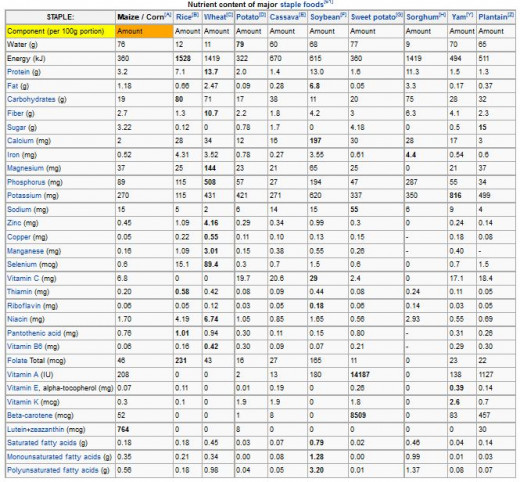
Corn-Based Meat
As mentioned before, corn is popularly used for feed for livestock. It is cheap to grow and helps the livestock gain weight and be ready for the slaughter sooner. It also means that meat can be more tender, as the cows need not wander the fields to feed and can be fed in their pens, which also cuts down the necessity for extra land.
The problem with this is that cows are not designed to live solely on corn, and can cause many complications such as liver abscesses, bloat, ulcers, or sudden death syndrome. But because corn does its intended job so well, most cows don't live long enough for us to see these complications. However, it is less nutritious for the cow, and thus causes its meat to be less nutritious for the consumers as well as contains higher levels of saturated fats.
Because of the earlier mentioned health issues that can arise with grain-fed cattle, livestock is fed copious amounts of antibiotics. This has caused an antibacterial-resistant bacteria to develop, which is rendering modern medicine ineffective. The complications such as bloat, ulcers, etc are due to the acidity which corn causes in a cow's stomach which is naturally PH neutral. This is also a nurturing environment within the stomach for E. coli. According to Michael Pollen, the elimination of grain feed and the return to grass can eliminate 80% of E. coli in bovine digestive tracts.
King Corn Clip
Corn or Consumption?
Corn itself is not harmful for human consumption. However, the dependency which we put on it is harmful not just to us, but to the meat we eat, and our environment. It has provided some answers to our environmental problems that are not quite the solution, but a step in the right direction.
Corn has nutritional value when in its whole form, though not as much as other foods such as sweet potatoes, wheat, or rice. But it is a good source of vitamin A, and is a more nutritious filler than the potato. However, corn is just that, filler. In our modern diet it is used as something to make the livestock weigh more, make our food more filling, sweeten our food to make us want more, and so on.
This is not to say that corn should never be consumed. Though, considered from an environmental standpoint, be sure that it is local and organic, as always. And if you can, make sure you grow it yourself. Corn can be tasty and can be used for a great many things, but that does not mean that it should be, or that it is the answer that every one is looking for. While innocent for simply being, we have manipulated it in such a way that it is almost a plague in our every day living.
It does not have to be that way.
By being conscious of the products we buy, the foods we consume, and making our voices heard louder in environmental issues, we can find more sustainable answers to plastic, alternative fuels, and obesity, one kernel at a time.

